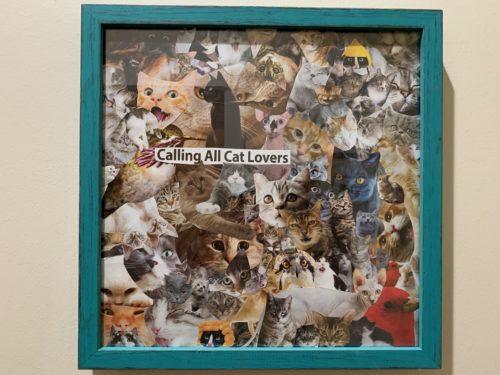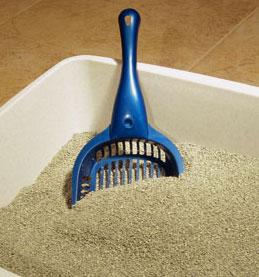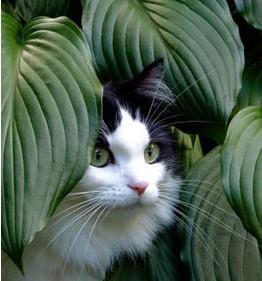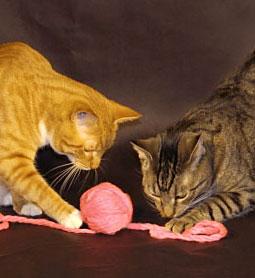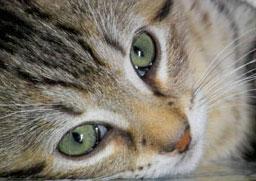Urinating outside the litter box is a common feline behavior problem which if not resolved, can ruin a cat’s relationship with its owner and can lead ultimately, to banishment to the outdoors or even euthanasia. Fortunately, in most cases, the problem behavior can be eliminated if the veterinarian and pet owner work together to identify and resolve the underlying cause.
First, it is important to differentiate urine spraying from litter box rejection. Urine spraying, which is a form of scent-making, is a normal feline behavior that is generally repressed in the neutered household cat. But should the cat become uncomfortable with its surroundings for any reason such as overcrowding, less attention, punishment or change in routine or the introduction of a new cat, this behavior is likely to manifest itself. If we can eliminate the environmental source of the problem, the behavior will generally go away.
On the other hand, many cases of house soiling can be traced back to the litter pan (litter box rejection). Due to the fastidious nature of most cats, it is imperative that the litter box situation suits your cat’s particular needs. This is especially important if it is shared by more than one cat.
I remember one feline patient of mine insisted on two boxes, one to urinate in and the other to defecate in. It is always important to rule out a physical basis for house soiling as cats can associate pain or discomfort with the litter box if there is, for example, cystitis occurring.
Particular attention should be given to litter texture. For instance, some cats prefer fine sand-like texture over larger clay granules.
Lastly, if we have ruled out litter box rejection, a physical cause and if either an environmental basis can be identified or corrected, medical treatment can be considered. One drug in particular, Buspar, a non-sedating anti-anxiety drug, has proven to be quite helpful in many cases and appears to be well tolerated by the cat.
A pet cat should never be given up or relegated to the outdoors without first seeking professional help. Your relationship with your cat is important to us, so please call for an appointment if you are experiencing this problem behavior.
